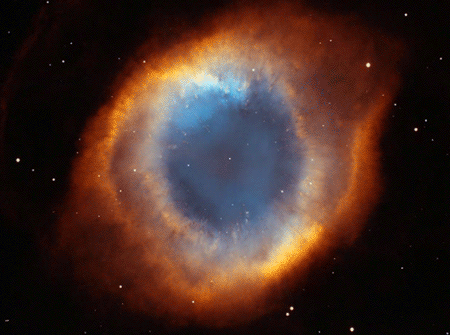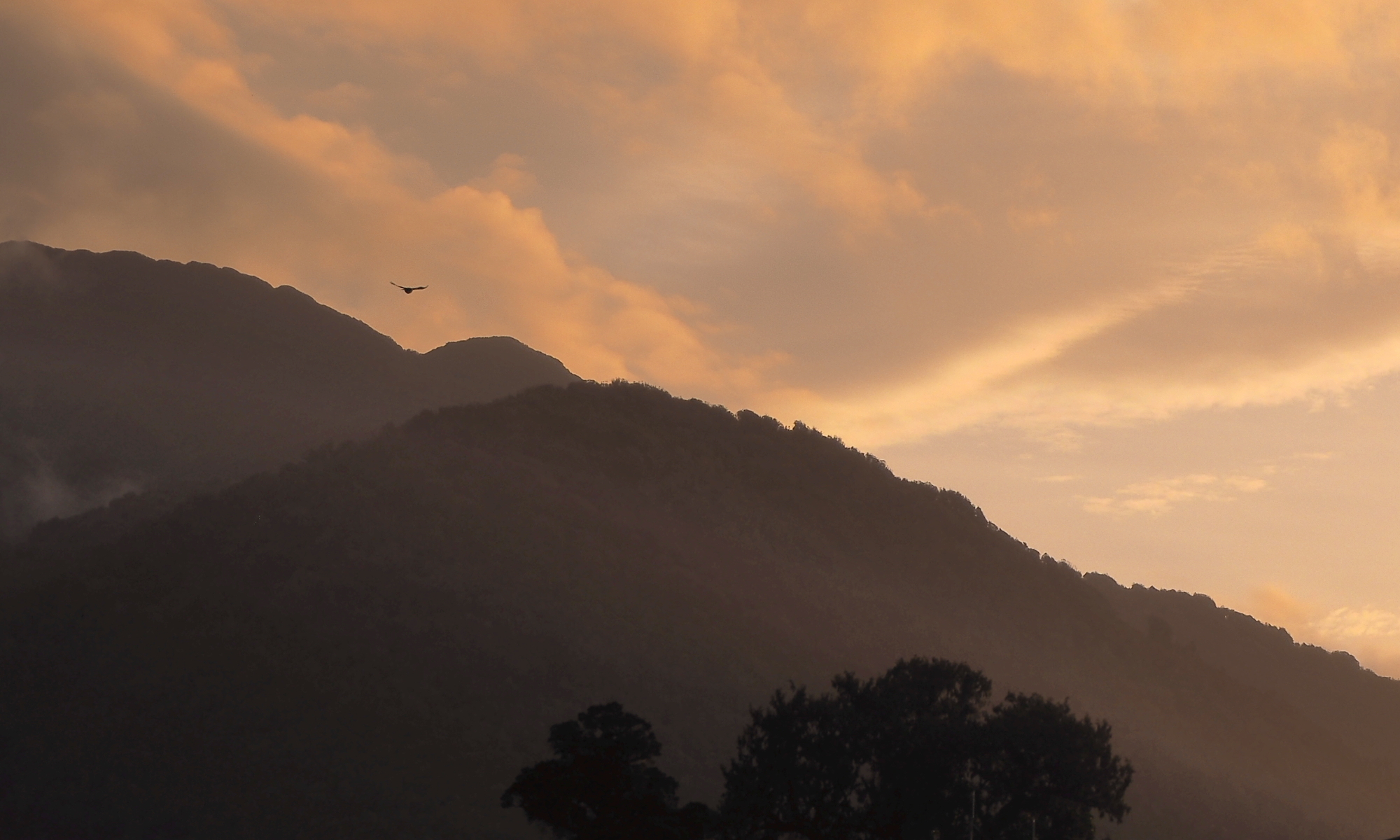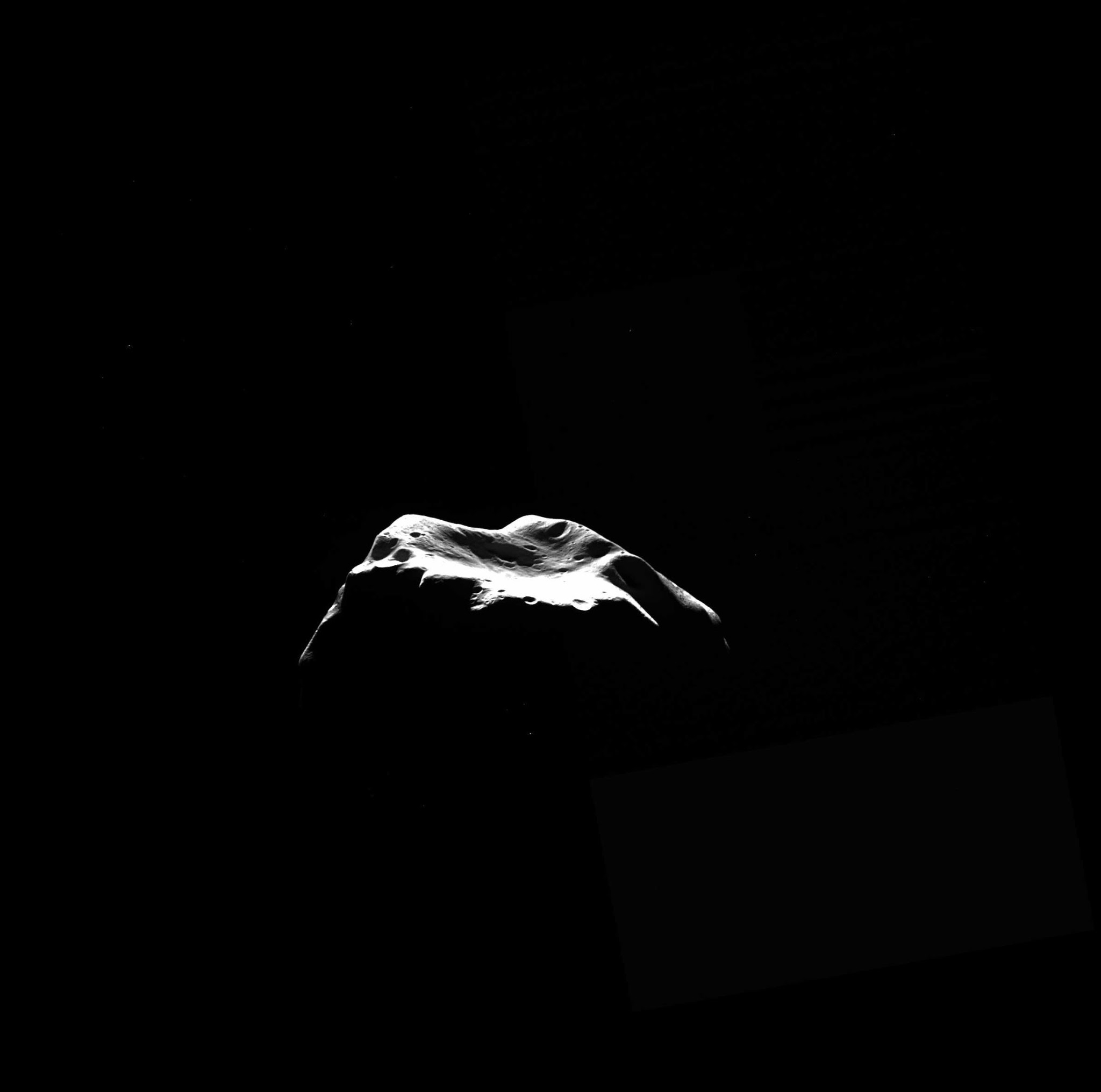
Move across Helix Nebula
A counterclockwise zoom and rotation sequence of the Helix Nebula. The Hubble’s Advanced Camera for Surveys image of the Helix Nebula reveals thousands of comet-like filaments embedded along the inner rim of the nebula that point back towards the central star.
► Credit: NASA, The Hubble Helix Team and G. Bacon (STScI)
► The animation below comes from a NASA video “Move across Helix Nebula”, that you can watch here>>
http://hubblesite.org/newscenter/archive/releases/2003/11/video/c/
Helix Nebula, also known as NGC 7293, located at a distance of about 700 light-years in the constellation Aquarius, is one of the nearest planetary nebulae to Earth.
This bright and large planetary nebula was discovered by Karl Ludwig Harding, probably before 1824.
It is similar in appearance to the Cat’s Eye Nebula and the Ring Nebula, whose size, age, and physical characteristics are similar to the Dumbbell Nebula, varying only in its relative proximity and the appearance from the equatorial viewing angle.
The Helix Nebula has sometimes been referred to as the “Eye of God” in pop culture, as well as the “Eye of Sauron”.
The Helix Nebula is an example of a planetary nebula, or ‘nebula’ formed at the end of a star’s evolution. Gases from the star in the surrounding space appear, from our vantage point, as if we are looking down a helix structure. The remnant central stellar core, known as a planetary nebula nucleus or PNN, is destined to become a white dwarf star. The observed glow of the central star is so energetic that it causes the previously expelled gases to brightly fluoresce.
The Helix Nebula was also the first planetary nebula discovered to contain cometary knots. More than 20,000 of them are estimated to be in this interesting nebula. Their origins are still not well understood.
Further reading and references
► https://en.wikipedia.org/wiki/Helix_Nebula
► http://apod.nasa.gov/apod/ap080413.html
► http://www.noao.edu/jacoby/pn_gallery.html
► http://hubblesite.org/newscenter/archive/releases/1996/13/image/a/



